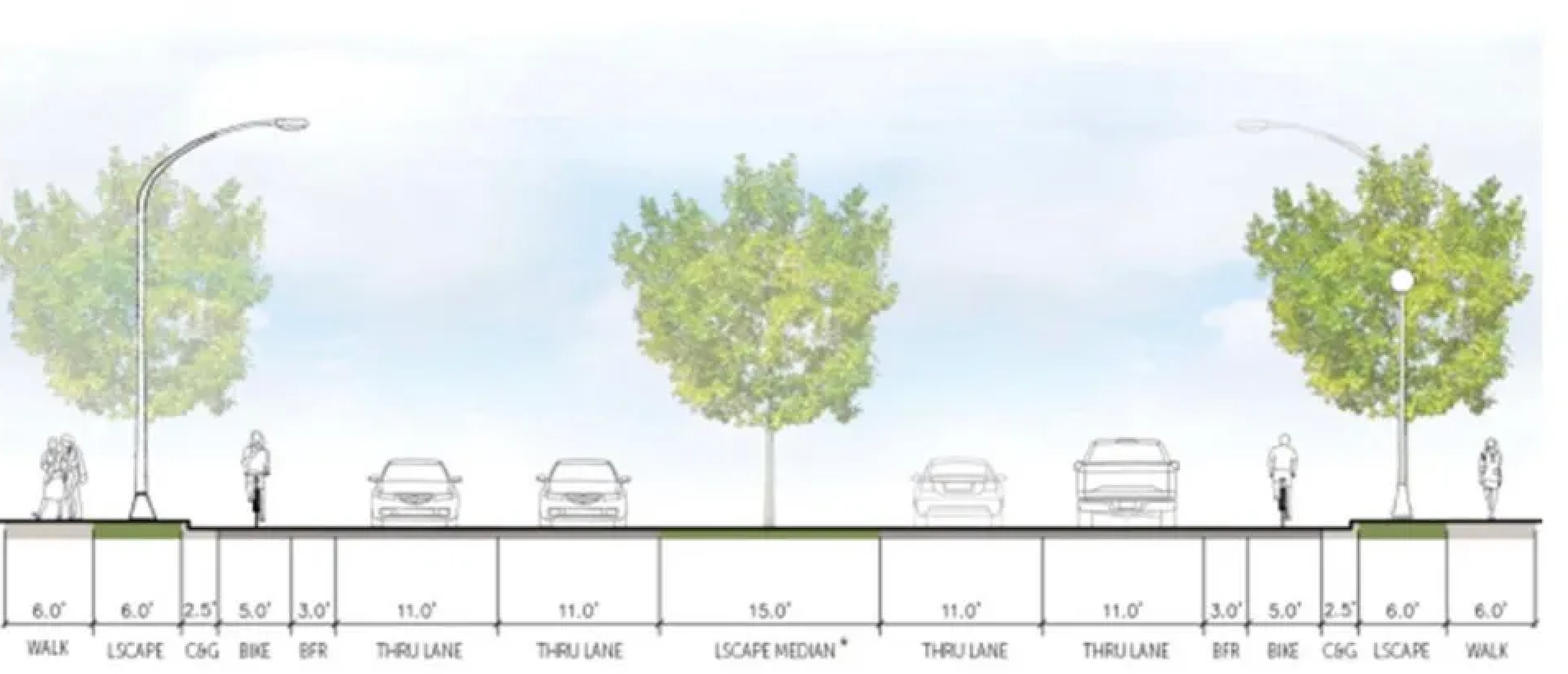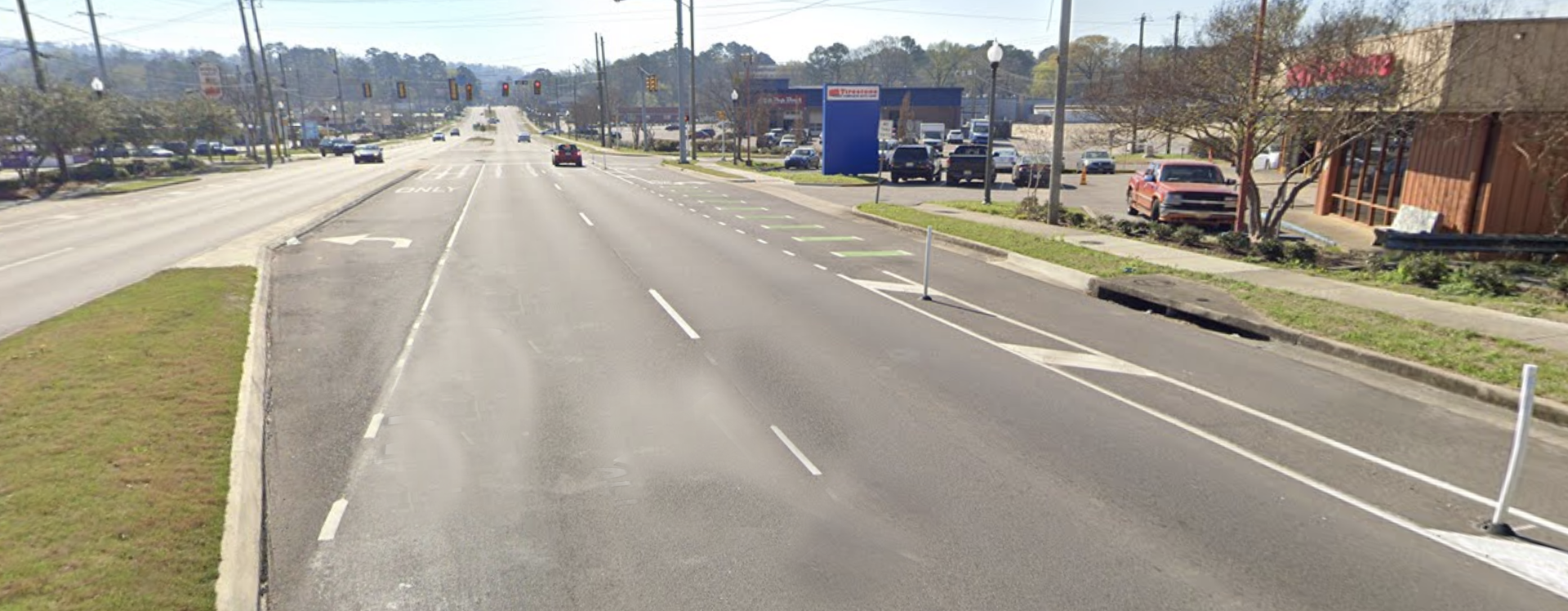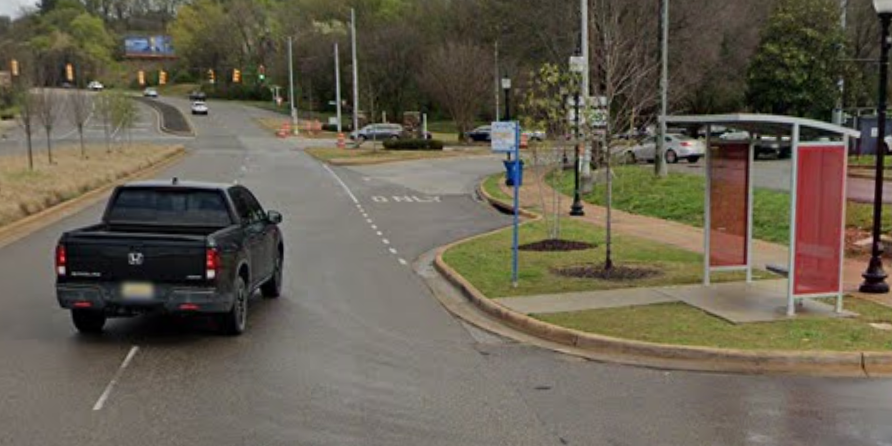Complete Streets
Every time a project dealing with a city street comes before the council, an advisory committee will review whether there is an opportunity to improve the road for all types of users. This is part of the the “Complete Streets” ordinance, adopted on April 11, 2022, that requires any design considerations for things like sidewalks, bike lanes, crosswalks and curb ramps, be reviewed for improvements. This is in an effort to make city roadways safer and more accessible for everyone, including walkers, cyclists and transit riders.
The advisory committee members will be from organizations that have a vested interest in improving roads, walkability and all aspects of accessibility across the region. These organizations include the Freshwater Land Trust, Lakeshore Foundation, Homewood Chamber of Commerce, Homewood City Schools and the Birmingham-Jefferson County Transit Authority. This Complete Streets Advisory Committee will review projects and publish progress reports on how well the city is doing in regard to making streets “complete."
Committee Members
- Dr. Zachary Barnes, Homewood City Schools
- Carolyn Buck, Freshwater Land Trust
- Chris Mackey, Lakeshore Foundation
- Randall Minor, BJCTA
- Shay Gartman, Homewood Chamber of Commerce
- Erik Henninger, Planning Commission Appointee, Vice-Chair
- Matt Leavell, Mayor’s Appointee, Chair
- Whitney Sides Mitchell, Council Appointee
Homewood’s Transportation Master Plan
Homewood’s transportation master plan is a blueprint for improving and maintaining the city’s transportation network. It establishes a list of project and policy recommendations based on performance of the existing network, public feedback, previous planning efforts, and projected needs.







